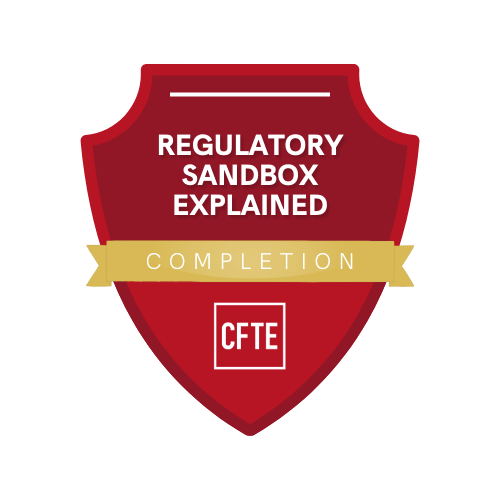Fintech & Innovation
Regulatory Sandbox Explained
Gain a comprehensive understanding of the intricacies of regulatory sandboxes and learn how these frameworks that play a pivotal role in the financial sector.
Write your awesome label here.
Sandbox
Financial Regulation
Fintech
Regulation
Innovation
Course Lessons
Introduction to Regulatory Sandbox
The course will provide an overview of the concept of regulatory sandboxes and the purpose of the course. It will introduce the topic of sandboxes and explain their importance in the financial sector, as well as provide an overview of what will be covered in the course.
History and Context
This chapter explores the origins and swift global spread of regulatory sandboxes, first introduced by the UK's Financial Conduct Authority. It highlights their role as controlled testing environments for FinTech innovations and discusses the resource-intensive nature of operating these sandboxes and innovation hubs, which are crucial for fostering competition in the financial sector.
Market Players
In this chapter, the course will delve into the difference between a sandbox and an innovation hub, and the various roles they play in the regulatory environment. It will cover the distinction between the two and provide real-world examples of how they are being used around the world.
Global View
This chapter emphasises the global popularity of regulatory sandboxes, with about 68 countries adopting them and another 14 considering their implementation, showcasing a rapid and widespread acceptance of this regulatory concept within just five years.
Future Outlook
This chapter will provide a deeper understanding of how sandboxes are being used in the real world and in different countries. It will examine case studies of regulatory sandboxes and their implementation, including the successes and challenges faced by regulators and innovators.
Challenges and Opportunities
This chapter examines the benefits and drawbacks of regulatory sandboxes and innovation hubs in finance. It emphasises their role in promoting FinTech growth and competition but also highlights the significant operational costs and the need for skilled personnel in financial regulation.



